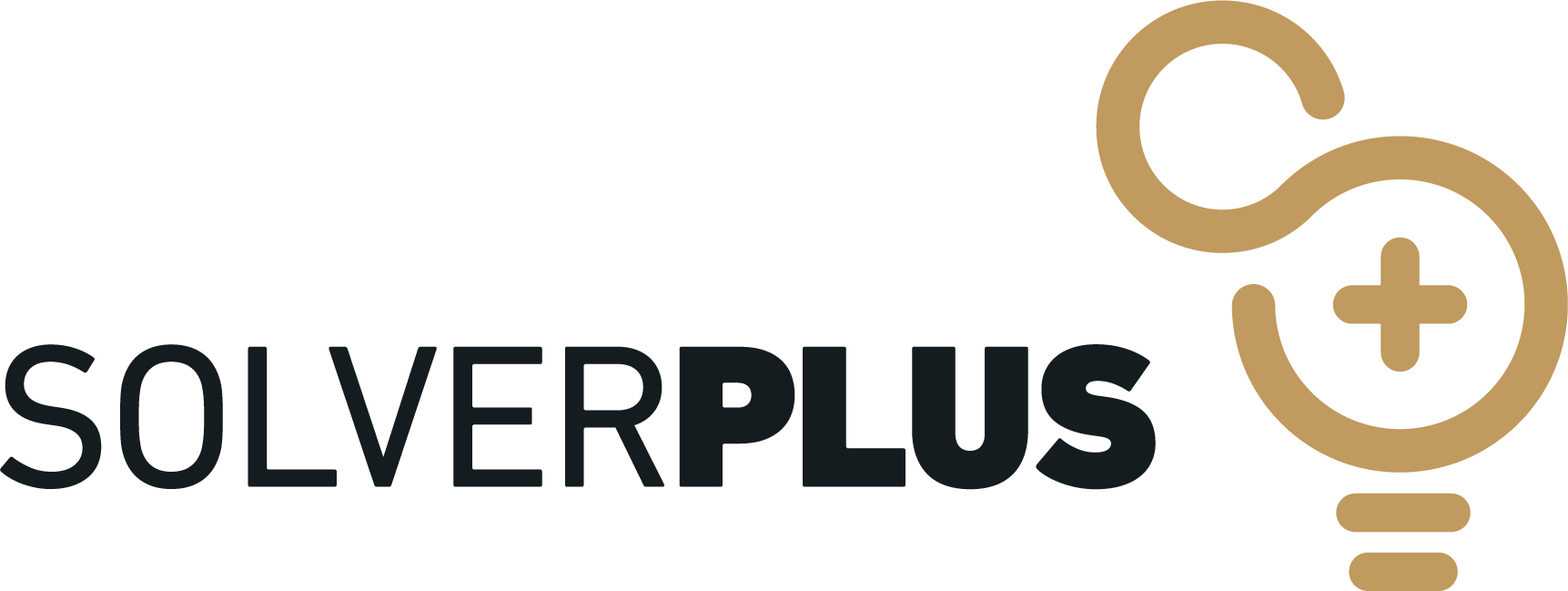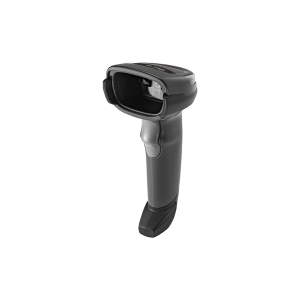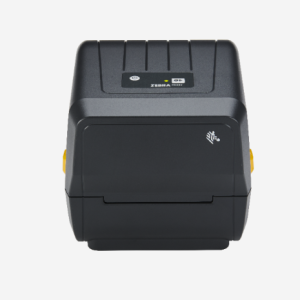The Truth About Dopamine After Alcohol Addiction Recovery
Thickness of arrow indicates the relative strength of evidence of research in the receptor system as assessed by the author based on studies reported in the chapter. Typically, these therapies take place in the evenings, which lets you work around your schedule. 5Aminomethyl propionic acid, or AMPA, is a chemical that specifically activates this glutamate-receptor subtype. 4N-methyl-d-aspartate, or NMDA, is a chemical that specifically activates this glutamate-receptor subtype. 2Autonomic, or visceral, responses regulate the involuntary bodily functions, such as heart rate, blood pressure, and gastrointestinal activity. 1The term “dopaminergic” refers to both the neurons and the signaling processes that use dopamine.
Dopamine bursting enables development of long-term potentiation (LTP) and long-term depression (LTD), and, in the striatum, this occurs between glutamatergic sensory inputs and GABAergic motor-related outputs [45, 46]. Dopamine in the striatum reaches and binds to high-affinity D2 dopamine receptors and low-affinity D1 receptors [48, 49]. At high affinity D2 receptors significant binding occurs, making D2 receptors particularly sensitive to phasic decreases in dopamine release. At low affinity D1 receptors less dopamine should be bound, making D1 receptors particularly sensitive to phasic increases in dopamine release. Movements result when D1 receptors are activated and inhibition of movement results when D2 receptors are activated [9]. In behaving animals, activation of D1 and D2 are momentary complements; their activations occur concurrently [50].
The Truth About Dopamine After Alcohol Addiction RecoveryBy Michaela Weaver
The activity of some of these ion channels (i.e., whether they are open or closed) depends on the voltage difference, or potential, between the inside and the outside of the cell membrane adjacent to these channels. Through its effects on G proteins, dopamine indirectly modifies the sensitivity with which voltage-dependent channels respond to changes in the membrane potential that occur when glutamate binds to its receptors, which also act as ion channels (i.e., receptor-operated https://ecosoberhouse.com/ channels). Dopamine also activates memory circuits in other parts of the brain that remember this pleasant experience and leave you thirsting for more. But over time, alcohol can cause dopamine levels to plummet, leaving you feeling miserable and desiring more alcohol to feel better. All the experts agree that UPF addiction cannot be solved by individuals alone. “People are desperate to change their relationship with food but the pull is too strong,” says Gearhardt.
It can take a long time for the brain to return to a pre-drinking state, and sometimes it never does. Based on the knowledge that alcohol can both stimulate dopamine activity as well as induce a hypo‐dopaminergic state, it has been suggested that partial agonists might have potential as novel medications for alcohol dependence. A partial agonist, such as aripiprazole, has a lower intrinsic activity at the receptor than a full agonist (e.g. dopamine), meaning that when it binds to the receptor, it will activate the receptor but produce a less potent biological response than the full agonist [175–177].
1. Dopamine
Overall, the results from studies evaluating olanzapine as a potential medication for alcohol dependence have provided evidence of a marginal effect restricted to a sub population of patients (with the longer dopamine D4 receptor allele). In healthy controls, alcohol consumption stimulates dopamine release mediating its reinforcing effects. Repeated bouts of intoxications will overtime downregulate the dopamine activity in the mesocorticolimbic pathway, leading to an increased risk of developing alcohol dependence and other impulse control disorders. Further, it has been speculated that this dopamine deficiency is responsible for driving craving and compulsive drinking and contributes to relapse even after a period of protracted abstinence [18, 19].
- Similarly, another study conducted by[66] found no association between the genes encoding GABRA1 and GABRA6 with alcoholism.
- Activities such as eating, hugging and exercising can generate dopamine production in the brain.
- Endorphin release in the NAc and OFC was measured in light versus heavy drinkers through displacement of [11C]Carfentanil following acute alcohol consumption of an alcoholic drink.
- There’s a link or association, but low levels don’t directly cause the medical conditions.
- Preclinical imaging has identified D3 receptor antagonism as a plausible therapeutic target to ameliorate alcoholism and its potential efficacy as an intervention is currently under investigation using fMRI [131] and combined PET/MR techniques [132].
- The human brain uses a number of chemicals – known as neurotransmitters – to carry messages.
Furthermore, the author hopes that the present text will be found useful to novices and experts alike in the field of neurotransmitters in alcoholism. However, do poor food choices (foods that don’t boost dopamine levels) and lack of the motivation to exercise cause a low dopamine level or does a low dopamine level in the brain trigger the “reward system” that makes choosing junk food and not exercising more pleasurable? A large body of evidence indicates that dopamine plays an important role in motivation how does alcohol affect dopamine and reinforcement6 (Wise 1982; Robbins et al. 1989; Di Chiara 1995). These factors include (1) the type of stimuli that activate dopaminergic neurons, (2) the specific brain area(s) affected by dopamine, and (3) the mode of dopaminergic neurotransmission (i.e., whether phasic-synaptic or tonic-nonsynaptic). This rather specific distribution pattern of dopaminergic neurons contrasts with other related neurotransmitter systems (e.g., serotonin or noradrenaline), which affect most regions of the forebrain.




